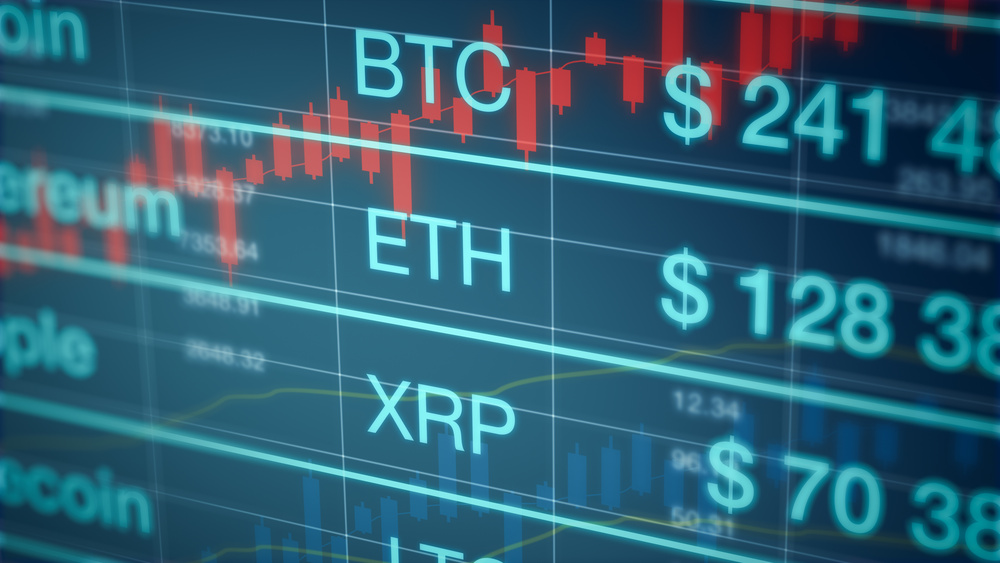Contents
Knowing how to interpret crypto charts is crucial if you’re considering adding cryptocurrencies to your investment portfolio. Like any other financial market, you need to learn when it’s an excellent opportunity to buy or sell cryptocurrency or any other type of financial instrument.
Any financial instrument you can trade requires adequate and appropriate analysis. There are two primary approaches available when trading in any financial market:
- Fundamental Analysis
You use the news to decide your trade. For example, you might think the value of the United States dollar will go up if the Federal Reserve (FED) raises interest rates. Hence, if you believe the US dollar will strengthen over Bitcoin (BTC), this may signal to short BTC over Tether (USDT).
- Technical Analysis
With this type of analysis, you primarily use a Japanese candlestick chart. You might need a reliable chart provider if you’re unfamiliar with it. For example, if you’re interested in how Bitcoin (BTC) is performing over the Australian Dollar (AUD), you can consider checking https://swyftx.com/au/chart/bitcoin/.
As the name suggests, it’s slightly more technical and has two sub-branches. It may initially sound intimidating due to its name. However, it only uses a chart and an indicator or set of indicators for a more educated approach to reading and possibly trading.
What Are The Two Major Types Of Technical Analysis?

Within technical analysis, there are two types of how you choose your trading bias and decisions:
- Price Action Or Chart Pattern Trading
It pertains to using chart patterns on a Japanese candlestick chart. Traders have noticed patterns that repeat daily on different timeframes for each financial instrument. These patterns can serve as indicators of trading probabilities, which include support and resistance, supply and demand, and head and shoulder patterns.
Alternatively, some of the traders’ few systems and strategies are distinct candlestick patterns like the inverted hammer. These patterns help the traders in analysing the market with its price movements.
- Indicator-Based Trading
It refers to applying single to multiple indicators in determining whether the market will rise or fall. Most systems are idle, along with their operators or traders, until an indicator alerts the operator of a possible price movement.
The relative strength index (RSI) is a well-known indicator that identifies overbought and oversold zones. If the price reaches an overbought zone as measured by the RSI, it signals to the trader that the price has the potential to decline.
Meanwhile, stochastics and moving average convergence divergence (MACD) are two more popular indicators similar to the RSI. Both could increase the chances of profitability as long as you religiously abide by your system’s rules and follow sound money management.
What Is The Japanese Candlestick Chart?
The Japanese candlestick chart is one of the most popular and used charts today because it shows the most data out of all the chart types. To understand a crypto chart, you must first become familiar with Japanese candlesticks and their chart. A single candlestick consists of two things, the body, and its wicks. The broad portion of a candlestick is known as the body.
Furthermore, it signifies the beginning and end of the daily period. It means that if the chart is a daily chart, the body of each candlestick will display the opening price and closing price for the daily timeframe. The candlestick’s upper and lower wicks represent the highest and lowest prices reached during the preceding day.
Meanwhile, another type of candlestick to be aware of is a Doji candlestick. It’s a candlestick with little to no body and is primarily comprised of wicks. It typically indicates indecision of the market to go higher or lower. Traders use candlesticks to predict better where a stock or other asset is headed by understanding the sentiments built around it.
Take Your Time With Demo Accounts
The crypto market won’t run away from you, considering the number of coins and infrastructure built since its birth. Hence, it’s best to focus on learning as much as possible to read charts and develop strict money management.
Most brokers offer a demo account, where they supply you with a paper-trading account that utilizes fake money to simulate the feeling of trading in live markets and charts. Consequently, it helps you improve your trading skills.
Experience it as if you’re trading your real money to see the threshold and control over your emotions. After a string of victories, you’ll learn how to regulate or limit your greed. On the other hand, you may refrain from trading after a series of losses. Nevertheless, it would be best if you stayed in the demo account until you could flip your account at least twice its value.
Takeaway
Before potentially investing in the market, it’s best to invest in your knowledge and system first. The need to know where liquidity lies in the charts is essential. Your trades and capital will be meaningless if you don’t understand where liquidity lies. Any financial market is volatile. Therefore, it’s necessary to take extra care when getting involved.

